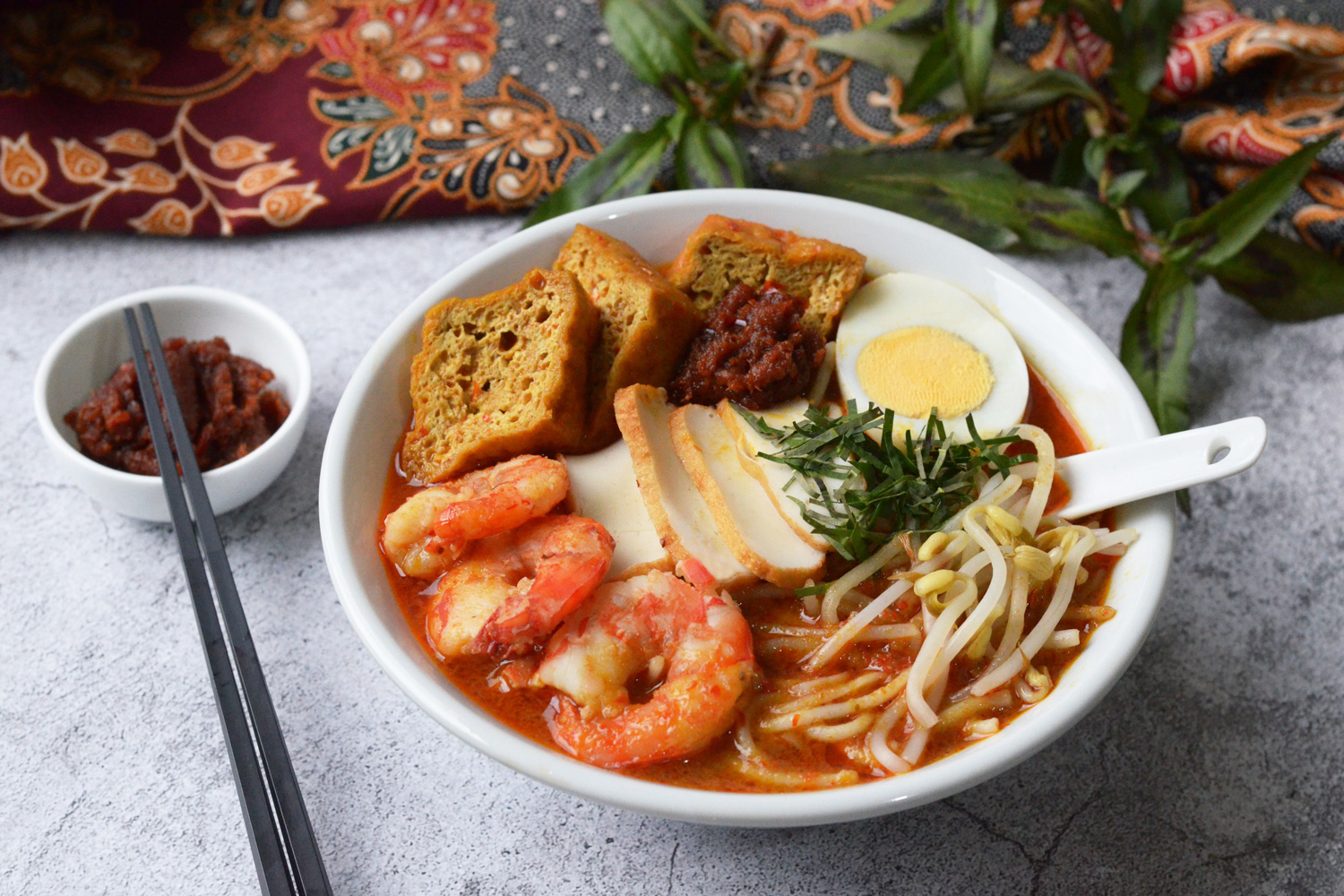pokomde – Kimbap, often referred to as “Korean sushi,” is a beloved dish that beautifully encapsulates the essence of Korean cuisine. While it may resemble sushi at first glance, kimbap is distinctly different in flavor and preparation, making it a unique culinary experience. This article explores the history, ingredients, variations, and cultural significance of kimbap.
History and Origins
Kimbap’s origins can be traced back to ancient Korea, with roots in the Goryeo Dynasty (918-1392). The dish evolved from the traditional practice of wrapping rice and vegetables in seaweed, a method influenced by various regional and cultural exchanges. Over the centuries, kimbap has transformed into a popular dish enjoyed by people of all ages, commonly found at picnics, street vendors, and restaurants.
Ingredients and Preparation
At its core, kimbap consists of cooked rice (usually seasoned with sesame oil and salt) and a variety of fillings, all wrapped in sheets of dried seaweed (gim). Common ingredients include:
- Vegetables: Carrots, cucumbers, and pickled radish are typical choices.
- Proteins: Options range from marinated beef, eggs, and crab sticks to tofu and even fish.
- Seasonings: Sesame oil, salt, and sometimes a hint of vinegar give kimbap its distinctive flavor.
The preparation involves spreading the seasoned rice evenly on the seaweed, layering in the fillings, and rolling it tightly to form a cylindrical shape. Once rolled, it is sliced into bite-sized pieces, making it perfect for sharing or enjoying on the go.
Variations of Kimbap
Kimbap comes in numerous variations, each offering a unique twist on the classic recipe. Some popular types include:
- Yachae Kimbap: A vegetarian version packed with various vegetables, ideal for those seeking a lighter option.
- Bulgogi Kimbap: Incorporating marinated beef, this variation adds a savory depth of flavor.
- Chamchi Kimbap: Featuring tuna mixed with mayonnaise, this type is a favorite for those who enjoy seafood.
- Ggakdugi Kimbap: A spicy version that includes kimchi, providing a tangy kick.
Each variation reflects the versatility of kimbap, allowing for creativity and personal preferences.
Cultural Significance
Kimbap holds a special place in Korean culture, often associated with family gatherings, outings, and celebrations. It’s a popular choice for picnics and road trips, as it’s easy to pack and transport. In many households, making kimbap is a communal activity, bringing family members together in the kitchen.
In addition to its social aspects, kimbap is also a symbol of care and nourishment. Parents often prepare kimbap for their children, encapsulating love and thoughtfulness in each roll.
Conclusion
Kimbap is more than just a meal; it’s a cultural phenomenon that represents the heart of Korean cuisine. Its delicious flavors, colorful presentation, and communal preparation make it a dish that can be enjoyed in countless settings. Whether you’re a seasoned fan or a newcomer to Korean food, kimbap is a delightful experience that invites you to savor the richness of Korean culinary traditions. So, the next time you see kimbap on a menu or at a gathering, don’t hesitate to indulge in this vibrant and tasty treat!








